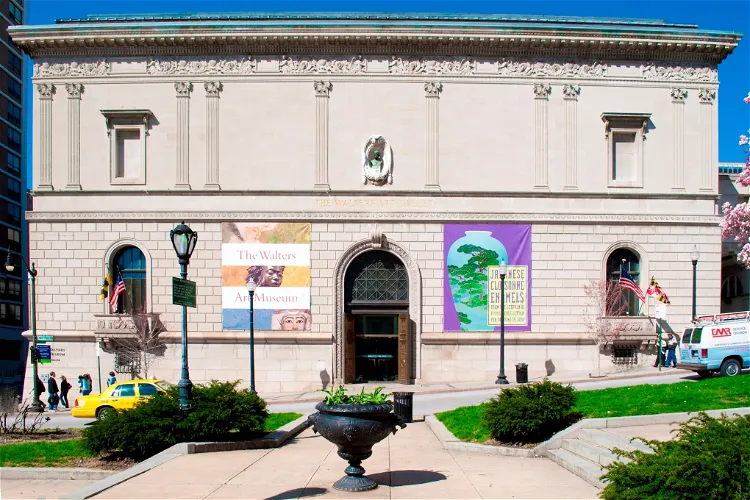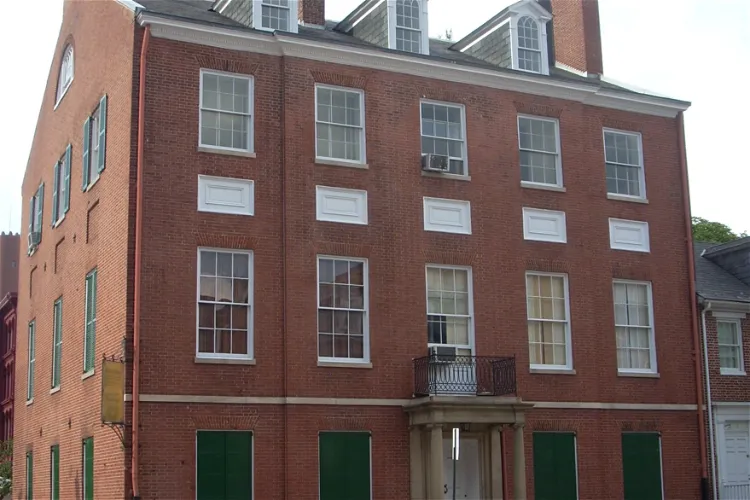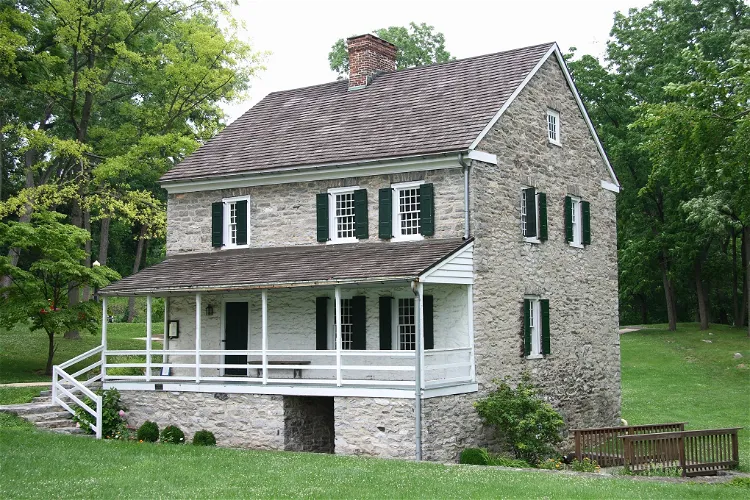Are you curious about ancient civilizations and archaeological finds? Here are the archaeology museums you must see in Maryland:

Walters Art Museum
Baltimore, MDThe Walters Art Museum, nestled in Baltimore, Maryland, is a unique institution that houses a private art collection, which is open to the public. This collection was primarily assembled by two men, William Thompson Walters and his son Henry Walters. The museum offers a diverse range of art pieces from different periods and regions, making it a fascinating destination for art enthusiasts.
Carroll Mansion
Baltimore, MDThe Carroll Mansion, also known as the Carroll-Caton House or Carroll Mansion Museum, is a historic building and museum located in Baltimore, Maryland, USA. Built around 1811, it was once a residence of Charles Carroll of Carrollton, a signer of the Declaration of Independence. The mansion has a rich history, having served various purposes over the years, including a saloon, furniture store, sweatshop, vocational school, and recreation center. Today, it operates as a museum, offering tours to the public and showcasing changing art exhibits.
Maryland Center for History and Culture
Baltimore, MDThe Maryland Center for History and Culture is situated at 610 Park Avenue in Baltimore, Maryland. Since 1919, the center has been housed in the Enoch Pratt House, a historic building with its own rich history.
Historic St. Mary's City Visitors Center
Saint Marys City, MDSt. Mary’s City, located in Maryland, holds a significant place in American history as the fourth settlement of European immigrants in North America. Established in 1634, it served as the first capital of the English colony, Province of Maryland, until 1694. Today, it stands as a testament to the early colonial history of the United States.
Jonathan Hager House Museum
Hagerstown, MDThe Hager House, located in Hagerstown, Maryland, is a two-story stone house that dates back to around 1740. This historic structure was built by Jonathan Hager, a German immigrant who founded Hagerstown. The house stands as a testament to the early history of the area and offers a glimpse into the life and times of its original inhabitants.